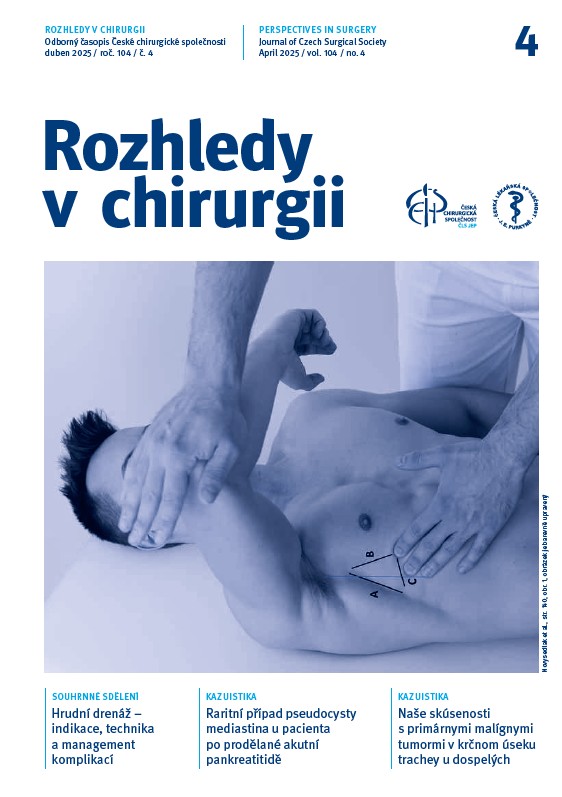Abstract
Introduction: Pulmonary sequestration is a rare congenital anomaly of the lower respiratory tract, usually diagnosed in childhood. It involves lung parenchyma that has abnormal or absent communication with the tracheobronchial tree. The blood supply is not connected to the pulmonary circulation but comes from the systemic circulation. Intralobar pulmonary sequestration refers to pulmonary sequestration that shares a common pleura with normal parenchyma. In contrast, extralobar sequestration has its own visceral pleura that is not continuous with the normal lung.
Extralobar pulmonary sequestration, unlike intralobar pulmonary sequestration, typically does not present with infectious manifestations due to the absence of a connection to the tracheobronchial tree. Instead, it may manifest as hypoxia, cardiac failure, or rarely, torsion of the sequestrum. However, it is more often an incidental asymptomatic finding.
Computed tomography currently plays a leading role in diagnosis, enabling visualization of the feeding vessels.
Surgical resection is the mainstay of the treatment, primarily to prevent hemorrhage or malignant transformation of the tissue. Resection also provides material for biopsy examination.
Case report: A 68-year-old patient with nephropathy was referred by her nephrologist for abdominal ultrasound, which incidentally detected a tumor in the left retroperitoneum. A CT scan was performed, and the patient was then referred for tumor excision due to suspicion of a neurogenic tumor. Postoperatively, she was monitored in the intensive care unit with oxygen therapy for hypoxemia. The further course was uncomplicated. She was discharged home on postoperative day 5.
Conclusion: We present a case of this very rare diagnosis, which is even rarer in an adult patient.
doi: 10.48095/ccrvch2025155


